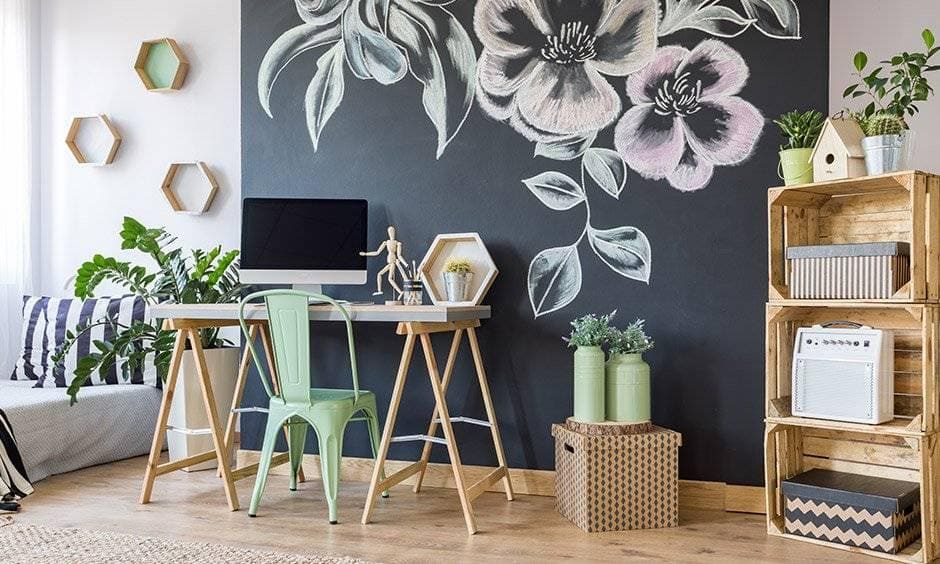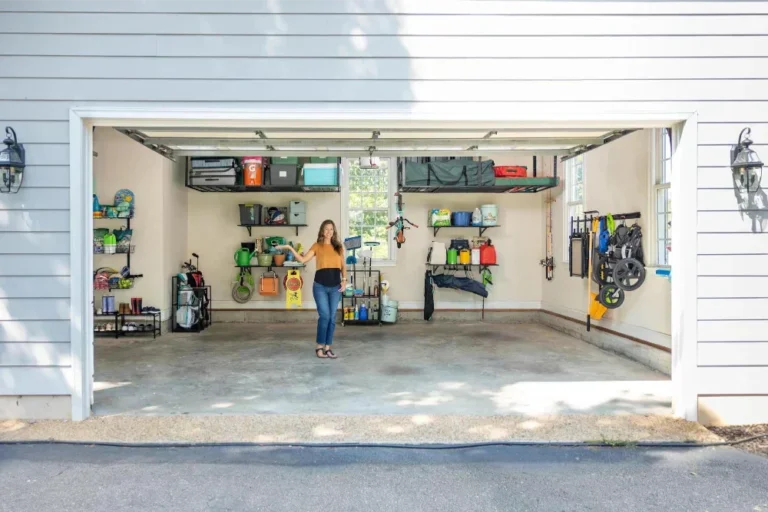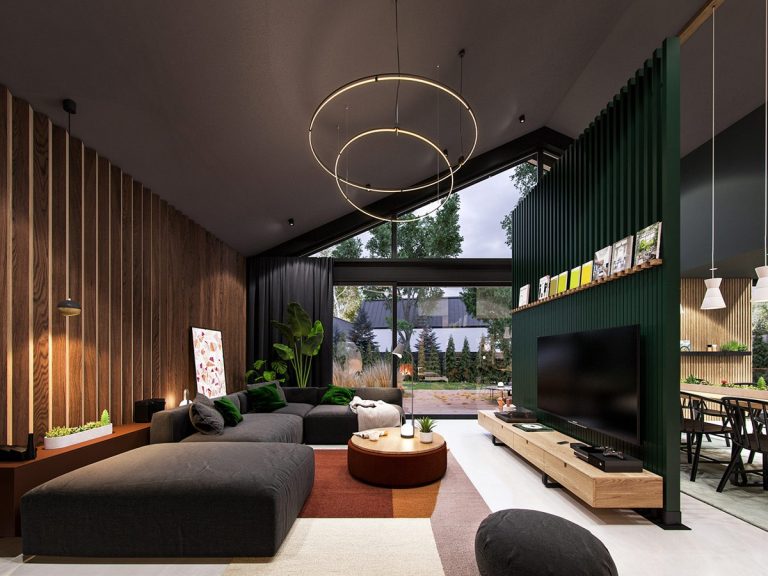When designing or redecorating a home, there’s one element that should never be overlooked—wall art. While furniture and color palettes often take center stage in home decor discussions, wall art is the finishing touch that elevates a space, infusing it with personality, emotion, and sophistication. It’s more than just decoration; wall art has the power to transform a room from ordinary to extraordinary, creating visual interest, enhancing mood, and establishing a cohesive theme. In this article, we’ll explore why wall art is an essential component of any home decor strategy, examining its impact on aesthetic balance, personalization, mood enhancement, and overall room functionality.
The Power of Visual Interest
One of the most immediate effects of wall art is the way it draws the eye and adds visual interest to a room. Blank walls, no matter how tastefully furnished, can feel stark or uninspiring. A well-chosen piece of art serves as a focal point, anchoring the room’s design and giving it structure. Whether it’s a large painting over a sofa or a collection of smaller framed prints in a hallway, wall art breaks up the monotony of bare walls, providing a visual anchor that keeps the space from feeling empty.
Art has the remarkable ability to capture attention and guide the viewer’s gaze. A single statement piece can create a dramatic effect, commanding focus and setting the tone for the room. Alternatively, a carefully curated gallery wall can provide layers of texture and meaning, creating an interactive visual experience that invites exploration. Wall art, in all its forms, serves as an invitation to pause and admire, offering both aesthetic delight and a sense of purpose within the room.
Expressing Personal Style
Your home is an extension of who you are, and wall art is one of the most powerful ways to communicate your personality, interests, and taste. Whether you’re drawn to abstract designs, landscapes, vintage prints, or contemporary photography, the art you choose reflects your individuality. This aspect of home decor offers a rare opportunity to infuse a space with a deeply personal touch, making it distinctly yours.
For those who appreciate a minimalist aesthetic, simple black-and-white photographs or geometric abstracts may offer the perfect balance. For others, a bold, colorful painting may express a love for vibrant, energetic environments. Wall art enables you to communicate your preferences without saying a word, subtly but powerfully conveying a part of yourself to anyone who enters your space.
Additionally, incorporating art that resonates with you can spark conversation, allowing guests to learn about your interests, travels, or values. Whether it’s a piece from a local artist, a vintage print passed down through generations, or a recent purchase from a faraway destination, wall art allows you to tell stories through visuals, fostering connection and engagement.
Enhancing Room Functionality
While wall art is often celebrated for its aesthetic contributions, it also plays a functional role in home decor. When strategically placed, art can help define a room’s purpose and improve the overall flow. For example, in a living room, a large painting can serve as the centerpiece around which the furniture is arranged, giving the space a clear focal point. In a dining room, a piece of art can serve as a conversation starter, adding warmth and character to an otherwise utilitarian area.
In smaller spaces, such as apartments or compact rooms, art can be used to create the illusion of space and depth. A large mirror, for instance, can reflect light and visually expand a room, making it feel airier and more open. Alternatively, a vertical arrangement of artwork can draw the eye upward, creating the illusion of height in a room with low ceilings. Art has the power to change the perception of space, allowing it to feel more spacious, balanced, or cozy, depending on your design goals.
Setting the Mood
The mood of a room can be dramatically affected by the art you choose to display. Colors, styles, and subjects can evoke a range of emotions, from tranquility and calm to excitement and energy. For example, soft pastel landscapes or serene ocean photographs can create a sense of calm and relaxation, making them ideal choices for bedrooms or bathrooms. On the other hand, vibrant, bold artwork with dynamic colors can energize a living area or home office, helping to foster creativity and enthusiasm.
Art can also influence the atmosphere of a room by evoking particular themes or moods. A whimsical, playful print might bring a sense of fun to a child’s playroom, while an elegant, classical painting could add sophistication to a formal dining room. In spaces meant for relaxation, such as a bedroom or reading nook, soothing art with soft tones and peaceful themes can contribute to a serene environment, creating a sanctuary where you can unwind after a busy day.
Establishing a Cohesive Theme
A carefully chosen art collection can tie together the elements of a room, establishing a cohesive theme and creating a sense of harmony. Whether you’re following a specific design style, such as coastal, bohemian, or industrial, the right artwork can enhance and reinforce your chosen aesthetic. For instance, in a coastal-themed living room, a painting of a beach scene or framed nautical prints could complement the natural textures and light colors typical of this style.
When your home decor features multiple rooms with different functions or aesthetics, wall art can provide a visual thread that connects them. A series of complementary pieces throughout the house—such as botanical prints in the living room, abstract art in the hallway, and landscape paintings in the bedroom—can establish a sense of continuity, creating a well-rounded home design. This subtle consistency helps bring everything together, ensuring that the space feels thoughtfully curated rather than disjointed.
Creating Contrast and Balance
In any design, contrast is key to maintaining interest and balance. Wall art plays a critical role in this process by introducing variety and contrast through color, texture, and form. A piece of art can serve as a bold contrast to the furnishings, adding unexpected visual elements that energize a room. For instance, a sleek, modern room with minimal furniture can benefit from a large, expressive painting that introduces color, texture, and personality, helping to break up the monotony and add intrigue.
Alternatively, wall art can be used to enhance balance by echoing or complementing existing elements in the room. In a space filled with dark, heavy furniture, a light-colored piece of art with soft lines can create contrast, making the room feel more inviting and balanced. Similarly, the careful placement of artwork alongside other decor pieces can help create a visual flow that feels harmonious rather than chaotic.
A Low-Commitment Way to Experiment
Unlike more permanent design decisions such as wall color or flooring, wall art offers a relatively low-commitment way to experiment with your home’s aesthetic. Whether you choose to hang a few pieces or create a large gallery wall, art provides the freedom to change the look of a room without major renovations. You can swap out paintings, prints, or sculptures based on the season, your evolving taste, or new trends, allowing your space to feel fresh and dynamic over time.
The versatility of wall art also allows you to incorporate a mix of different mediums and styles. You might find that a traditional oil painting works perfectly in your living room, while a collection of contemporary prints is better suited for your home office. Wall art offers the flexibility to continuously evolve your space as your tastes and lifestyle change.
Conclusion
Wall art is not simply an afterthought in home decor; it is an essential tool for creating a space that is visually captivating, functional, and deeply personal. From introducing visual interest to expressing personal style, enhancing mood, and establishing a cohesive theme, art enriches the atmosphere of any room. Its ability to transform a space, evoke emotion, and tie together design elements makes it a crucial piece of the home decor puzzle. By thoughtfully incorporating wall art into your decor strategy, you can elevate your living environment into a space that feels uniquely yours, a true reflection of your taste and personality. Whether you’re creating a serene retreat or an energetic gathering place, wall art is the key to achieving a balanced, harmonious, and visually compelling home.















